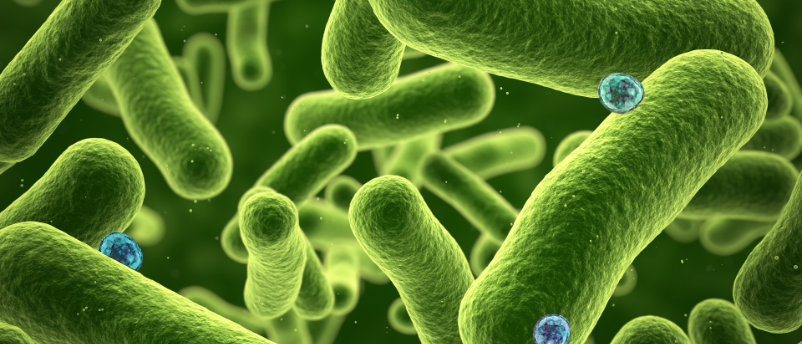
BioTechniques News
Aisha Al-Janabi

Researchers use genetic manipulation to obtain new mechanistic insights into the epibiotic life cycle.
Microbial dark matter is the genetic material identified in large-scale metagenomics studies that is attributed to organisms that have yet to be cultured, hampering further study. A collaboration of researchers led by the University of Washington (WA, USA) has developed genetic manipulation tools to study how microbial dark matter relies on other bacteria to survive.
“While metagenomics can tell us which microbes live on and within our bodies, the DNA sequences alone do not give us insight into their beneficial or detrimental activities,” said co-senior author Nitin Baliga (Institute of Systems Biology, WA, USA).
Patescibacteria, also termed candidate phyla radiation, are a diverse group of species that account for a significant proportion of microbial dark matter. They are small bacteria with genomes that are missing many genes required for the expression of several biosynthesis pathways. They exist as obligate epibionts, surviving by externally attaching to and parasitizing a host bacterium. The lack of cultivated strains and genetic tools has limited understanding of the molecular and cellular mechanisms that facilitate this process and their survival.
The researchers first cultivated two strains of Saccharibacteria, a phylum of Patescibacteria, in co-culture with Actinomyces israelii host cells. They developed a system for genetically manipulating Saccharibacteria and used this system to produce strains containing fluorescent proteins, allowing them to visualize the interaction of the Saccharibacteria with host cells and directly observe the epibiotic life cycle.
 Surviving and thriving: how some antibiotics help resistant bacteria to flourish
Surviving and thriving: how some antibiotics help resistant bacteria to flourish
Some antibiotics kill good bacteria, causing antibiotic-resistant bacteria in the gut to thrive.
“Time-lapse imaging of Saccharibacteria-host cell cultures revealed surprising complexity in the lifecycle of these unusual bacteria,” commented co-senior author Snow Peterson (University of Washington). Not all Saccharibacteria cells follow the same lifecycle trajectory upon host interaction, only some of the epibiont cells became productive ‘mother cells’. This process involves a period of mother cell enlargement, where host replication and growth are halted, which is proceeded by rapid budding of motile Saccharibacteria offspring.
The researchers also performed transposon sequencing, a technique that involves generating a library of Saccharibacteria mutants containing genomic transposon insertions. Transposon insertion often disrupts gene function; genome sequencing of the mutant library revealed essential genes needed for Saccharibacteria to grow.
By combining this data with bioinformatical analysis provided functional insight into 295 essential Saccharibacteria genes. This included type IV pilus genes, protein fibers involved in adhesion and motility, as well as other adhesins and proteins involved in secretion, polysaccharide degradation and the arginine deaminase pathway.
This study provides an intriguing glimpse into a poorly understood group of bacteria, and the researchers now hope to develop genetic systems to further investigate the mechanistic details of their lifecycle. “By focusing our future studies on these genes, we hope to unravel the mystery of how Saccharibacteria exploit host bacteria for their growth,” added senior author Joseph Mougous (University of Washington).
The post Revealing the secrets of the parasitic bacterial life cycle appeared first on BioTechniques.
Powered by WPeMatico
